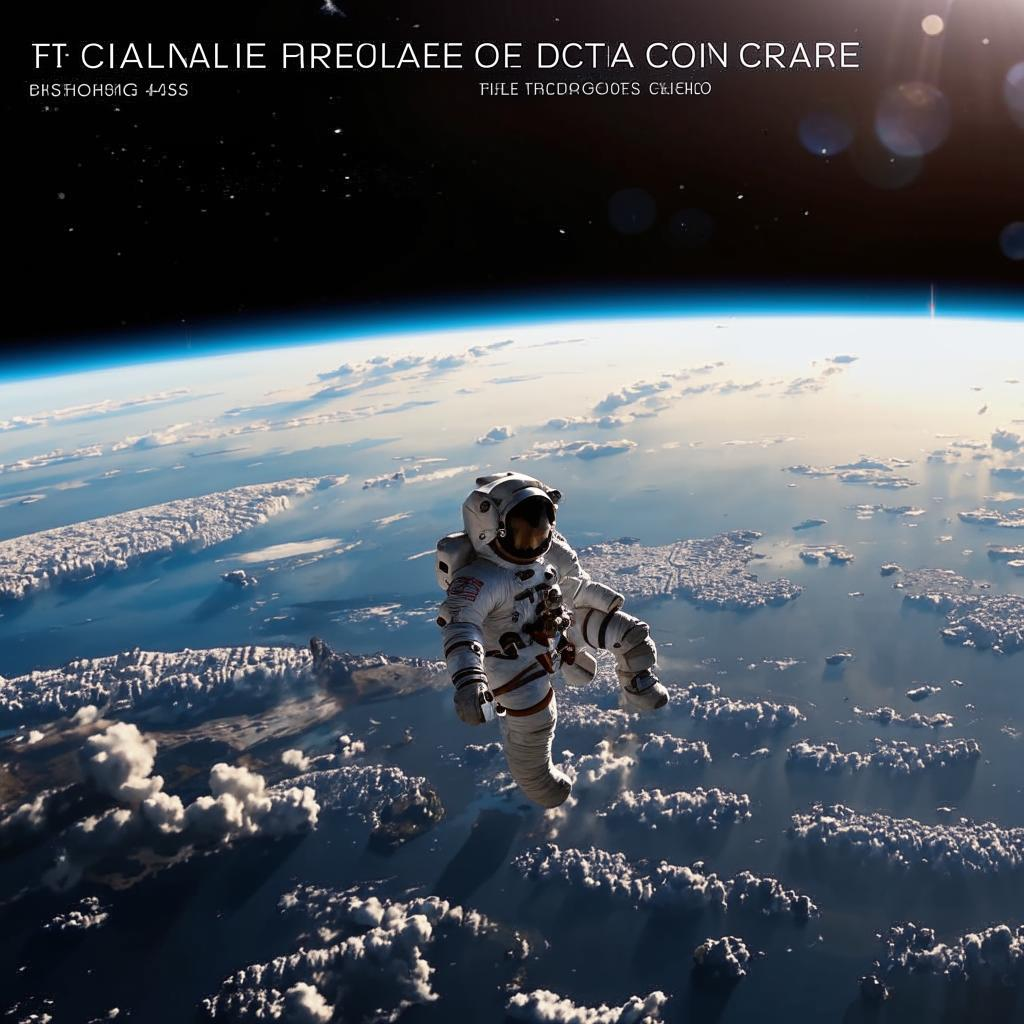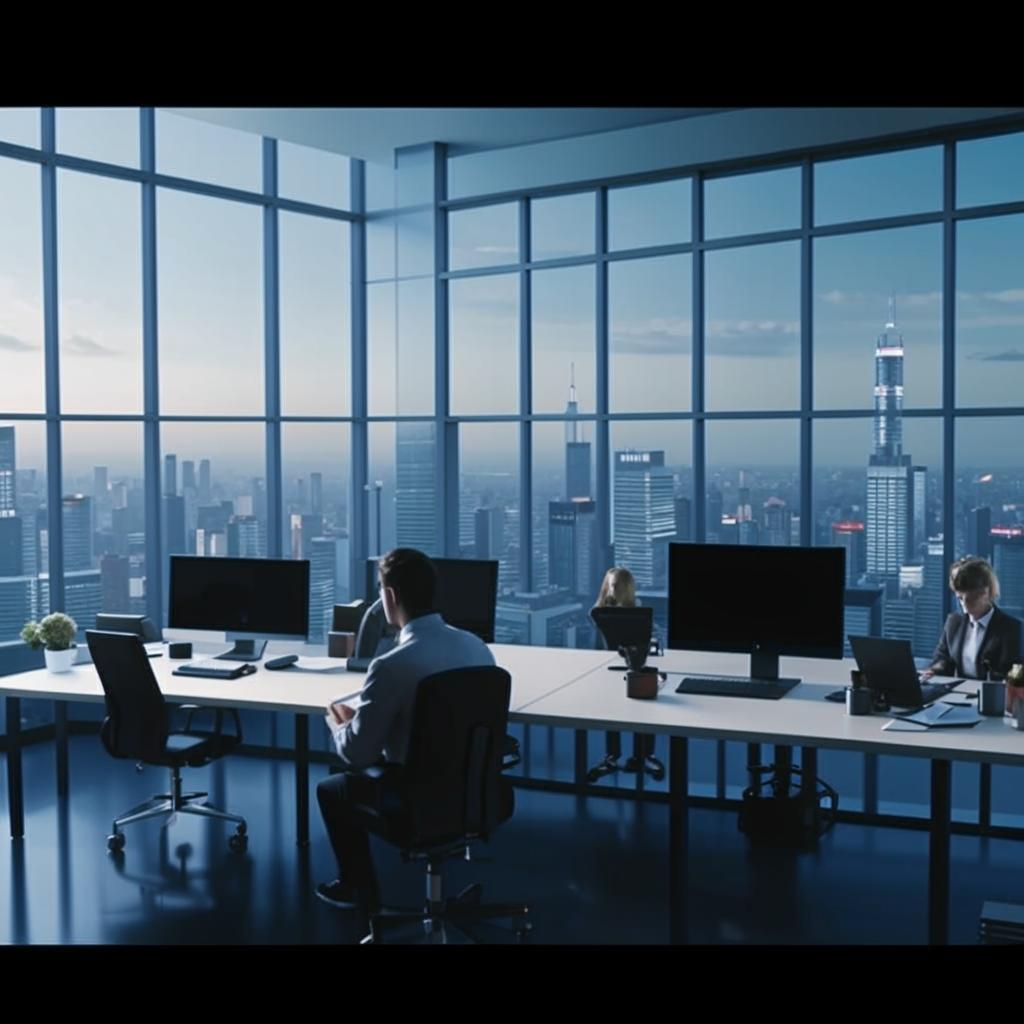Space tourism is no longer a futuristic fantasy; it’s becoming a reality for the ultra-wealthy. Companies like SpaceX, Virgin Galactic, and Blue Origin are leading the charge, offering suborbital and orbital flights to paying customers. The experience promises breathtaking views of Earth and a few minutes of weightlessness.
However, the price tag remains astronomical. Tickets for Virgin Galactic’s suborbital flights start at around $450,000, while orbital trips with SpaceX cost millions. Despite the hefty price, demand is high, with many seats booked years in advance.
The rise of space tourism raises several questions. Is it sustainable? What are the environmental impacts of repeated rocket launches? And should space exploration be reserved for the privileged few? These are crucial considerations as the industry continues to evolve.
Beyond the thrill of the ride, space tourism could potentially contribute to scientific research. By offering access to space for experiments and observations, these ventures could accelerate our understanding of the universe. Furthermore, the industry is creating jobs in engineering, aerospace, and related fields. While still in its infancy, space tourism represents a significant step toward democratizing space exploration and opening up new possibilities for humanity. The long-term implications are yet to be seen, but the journey has begun. Finishtit














